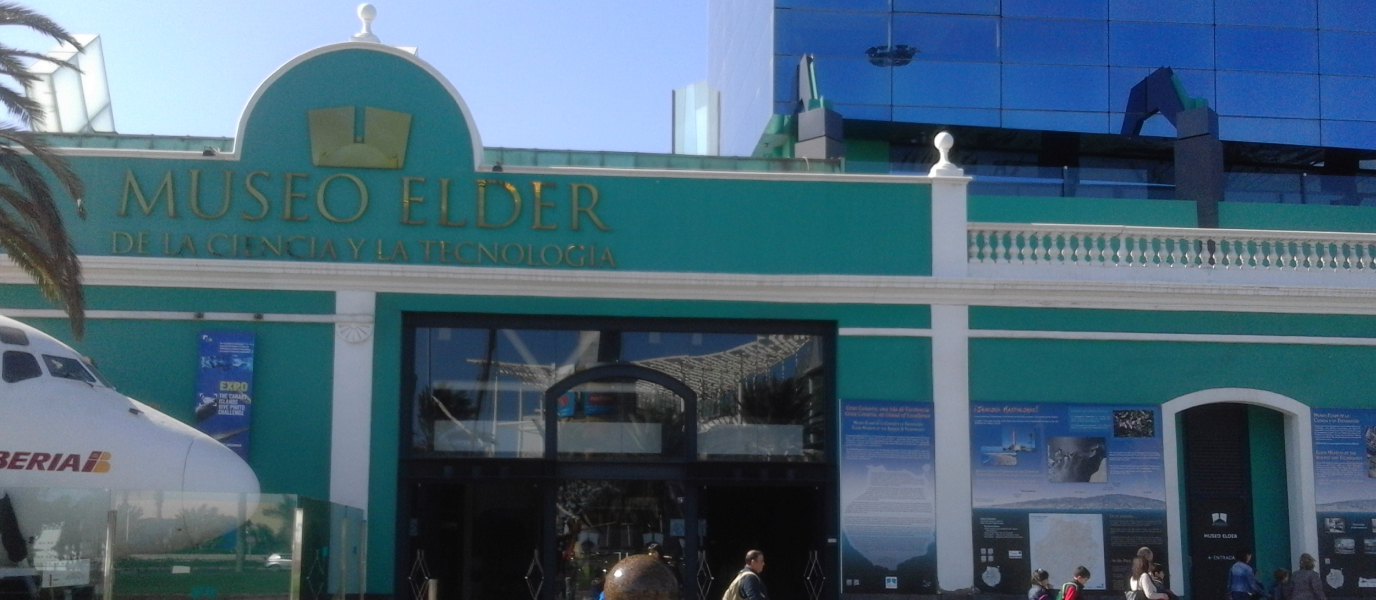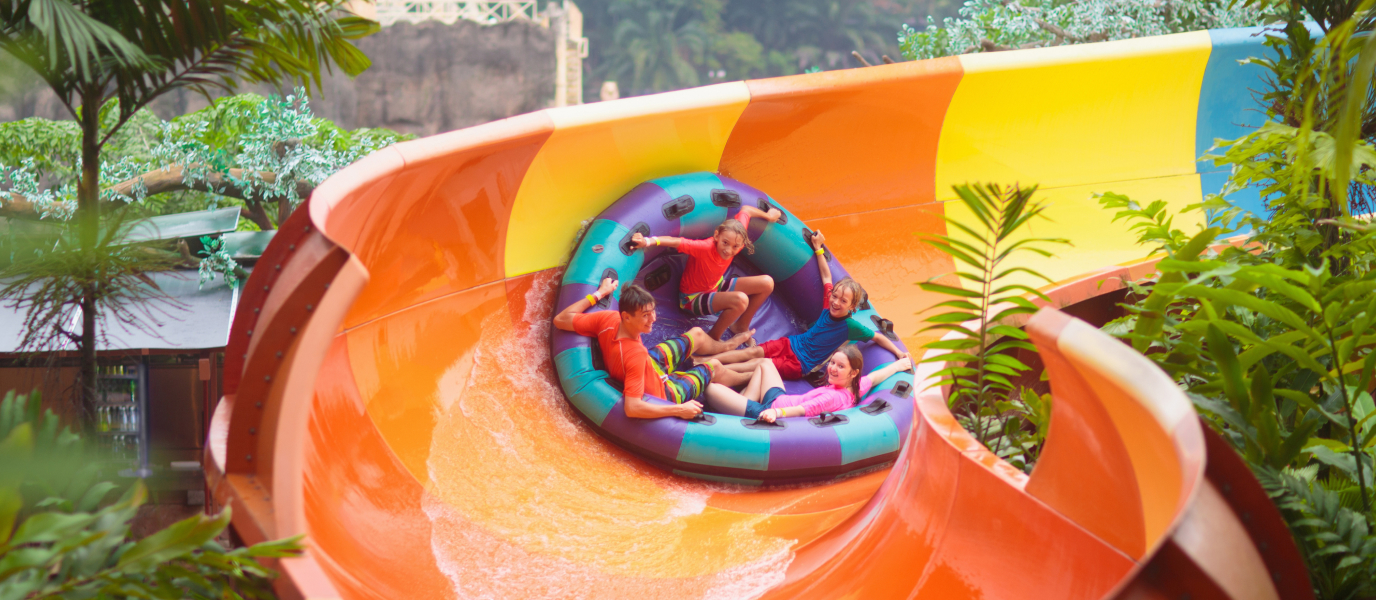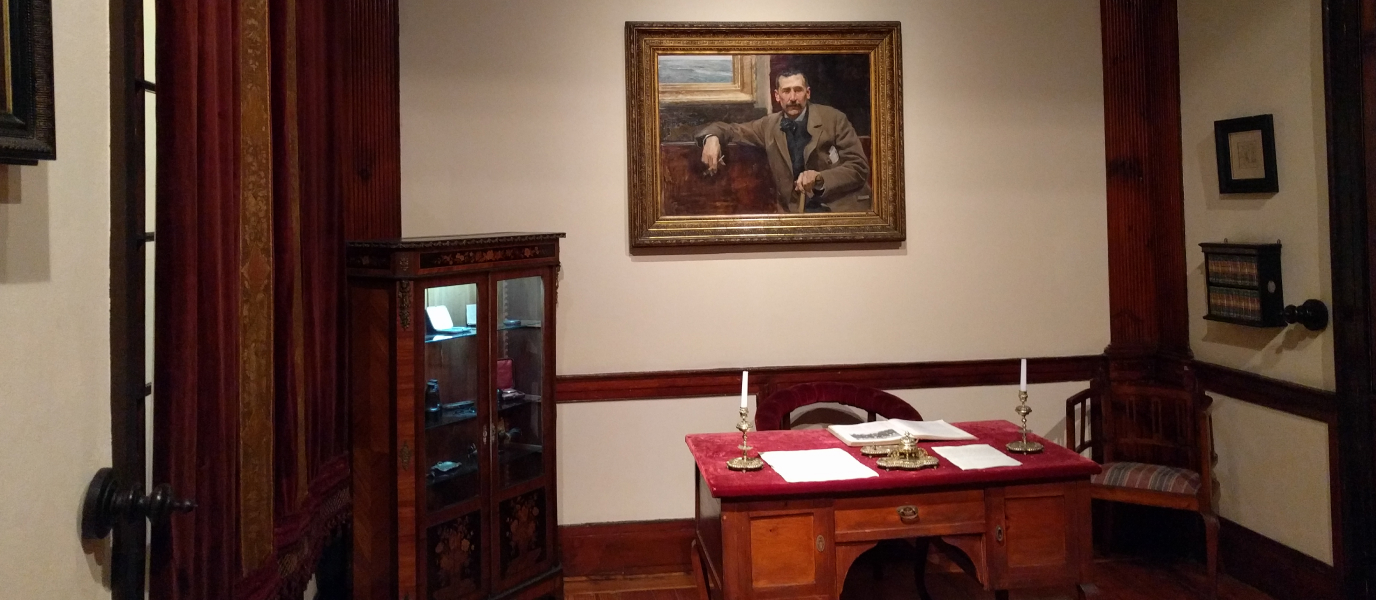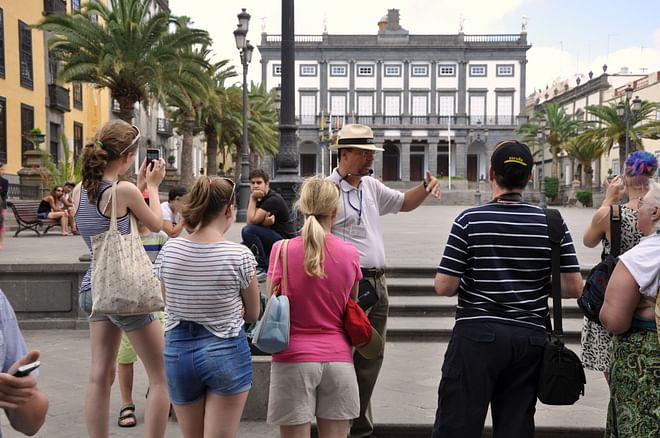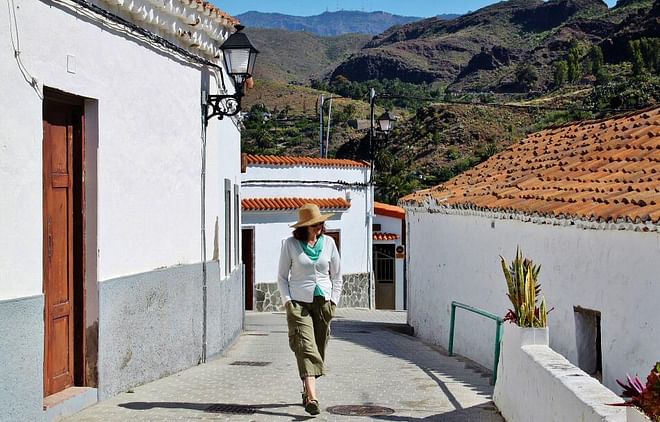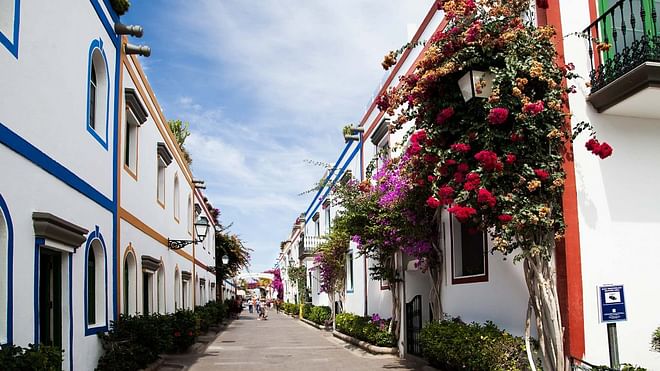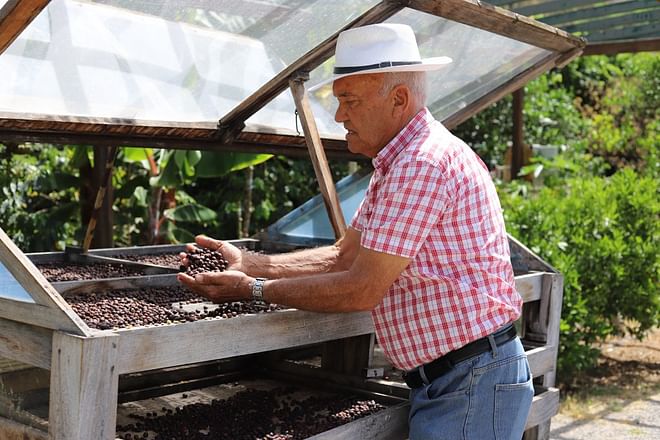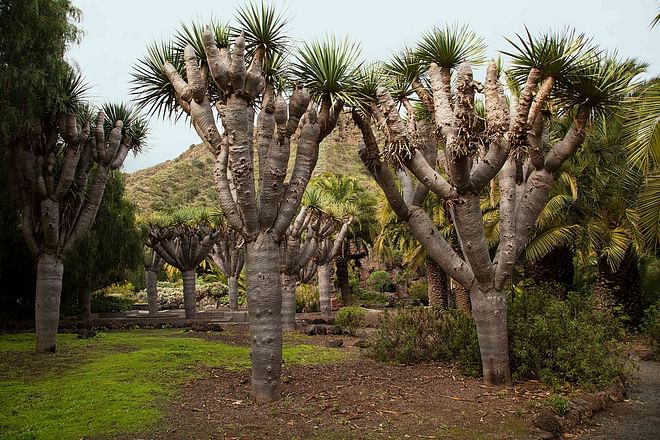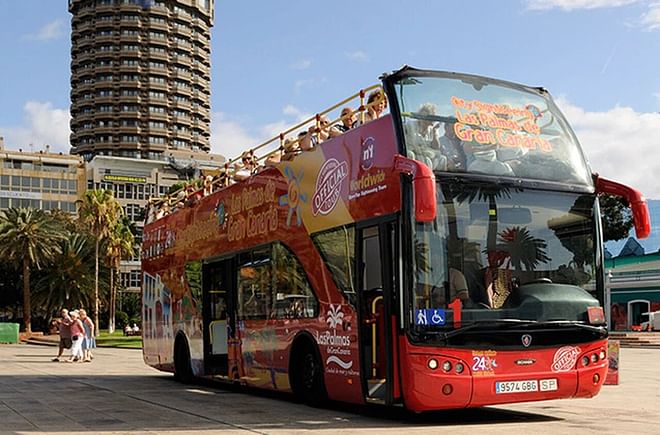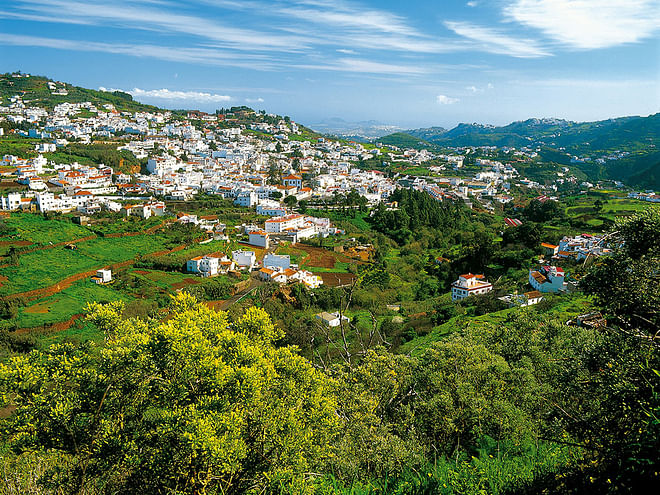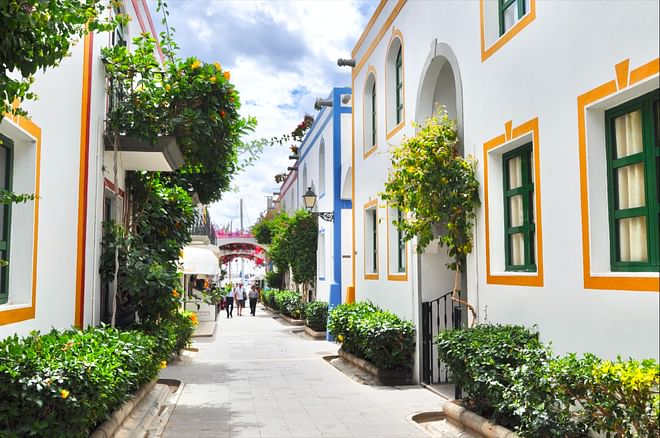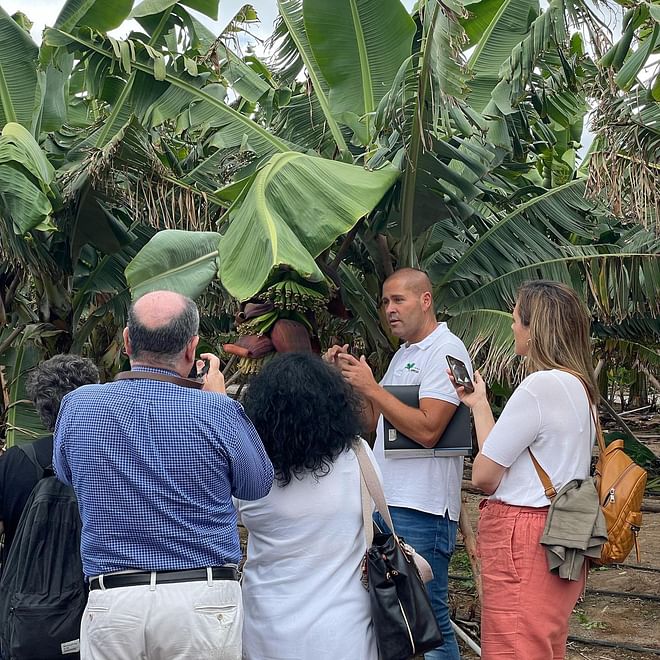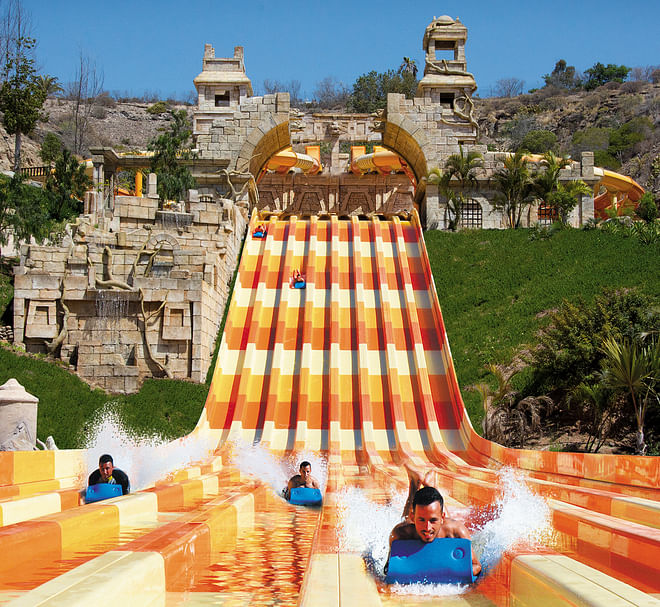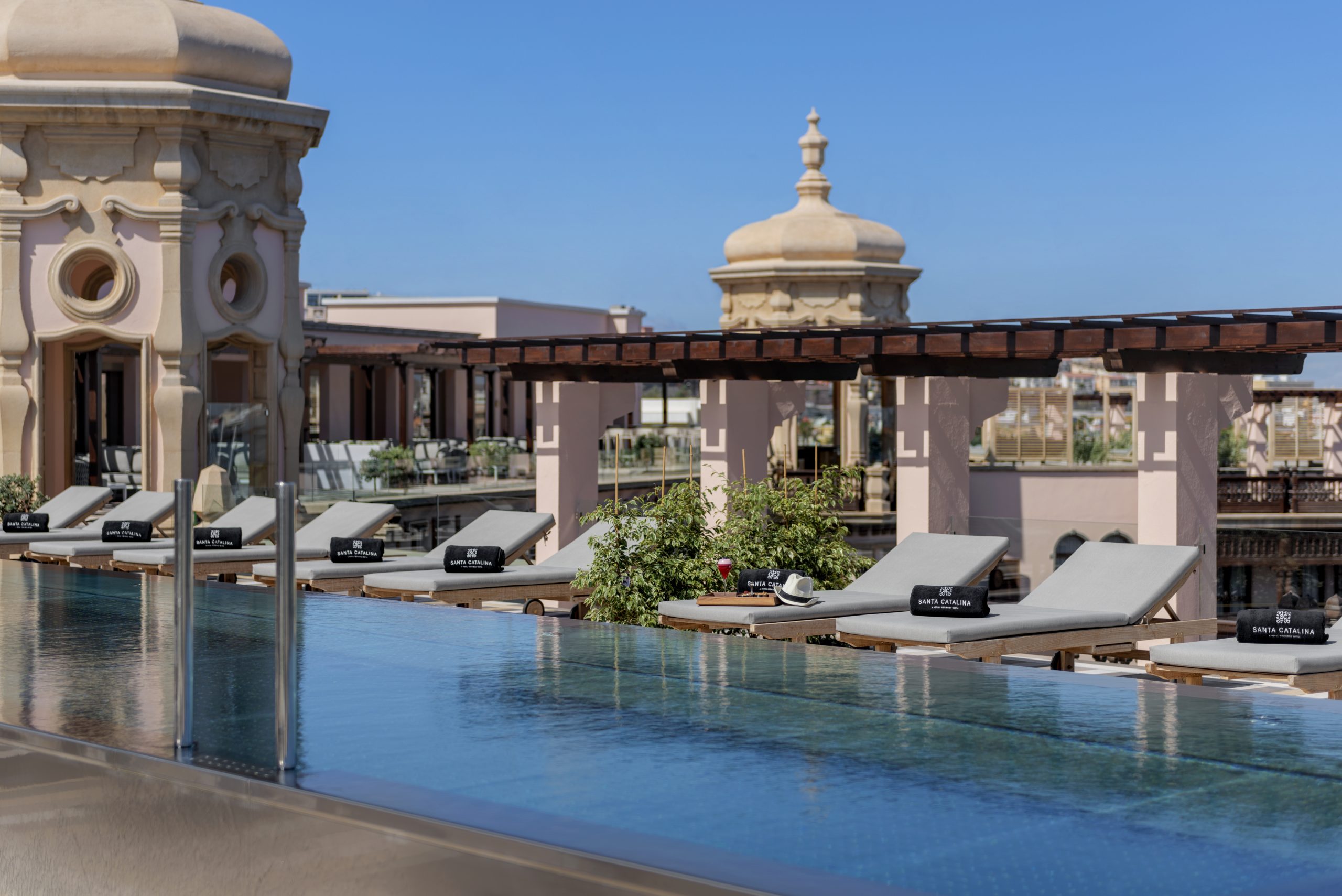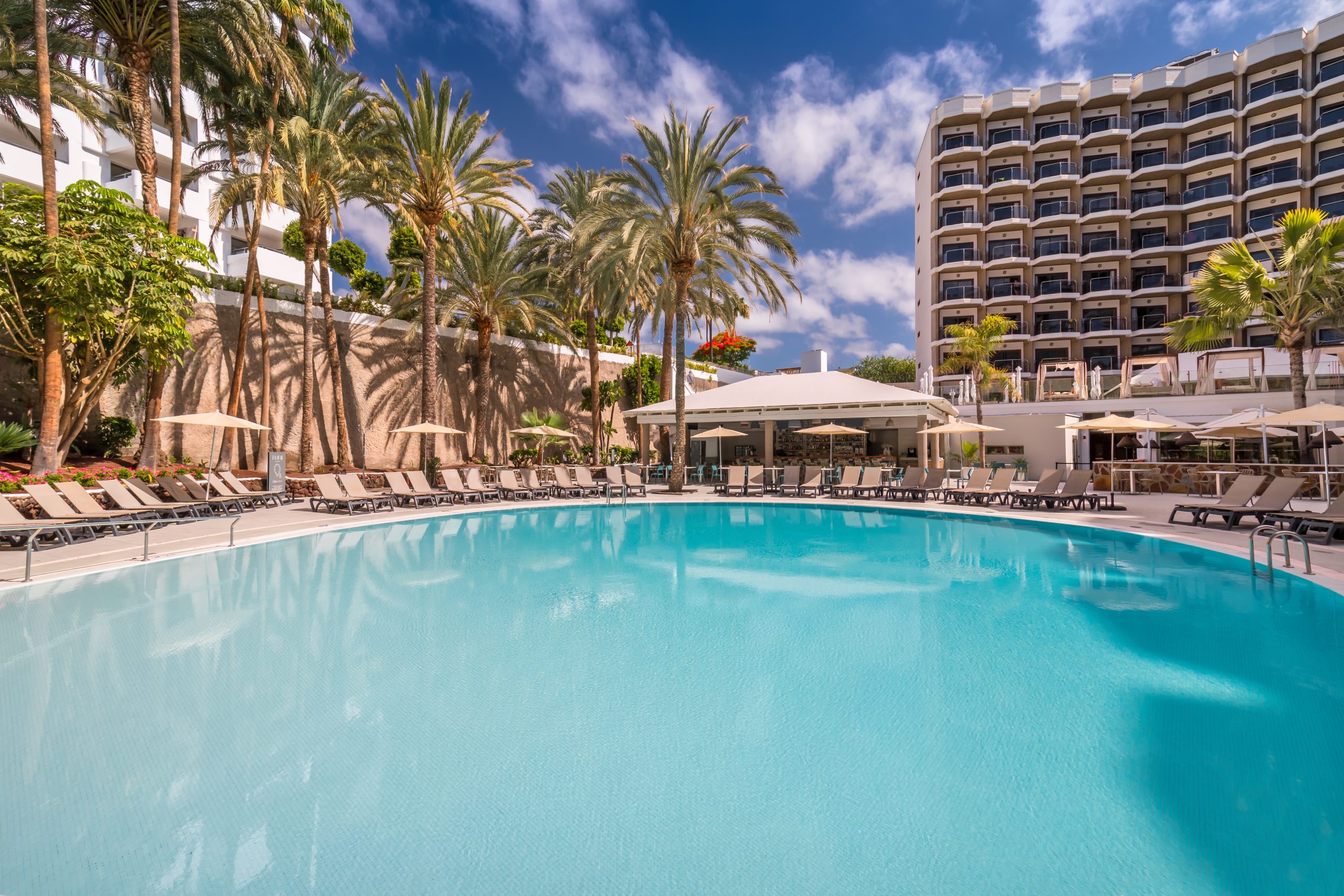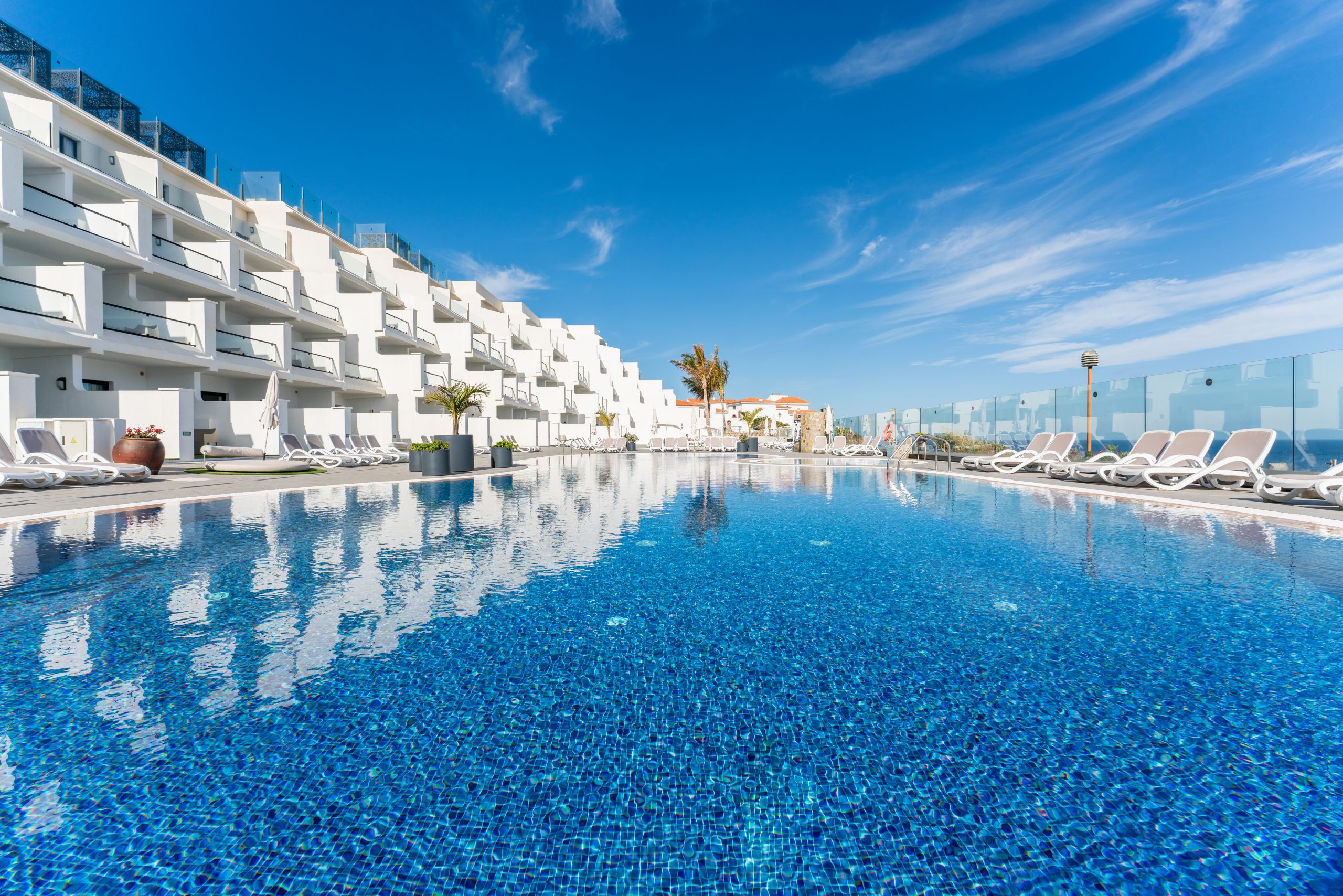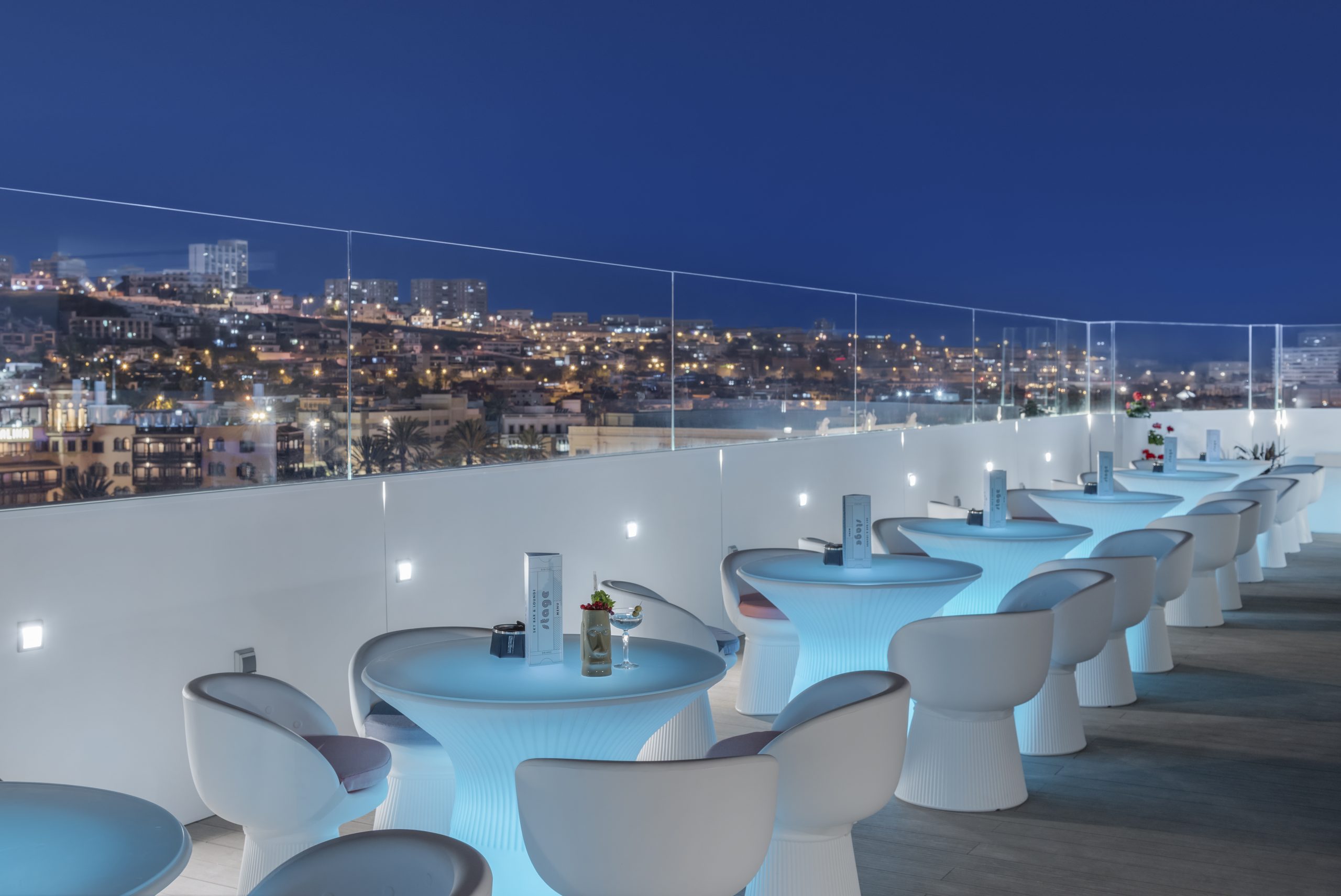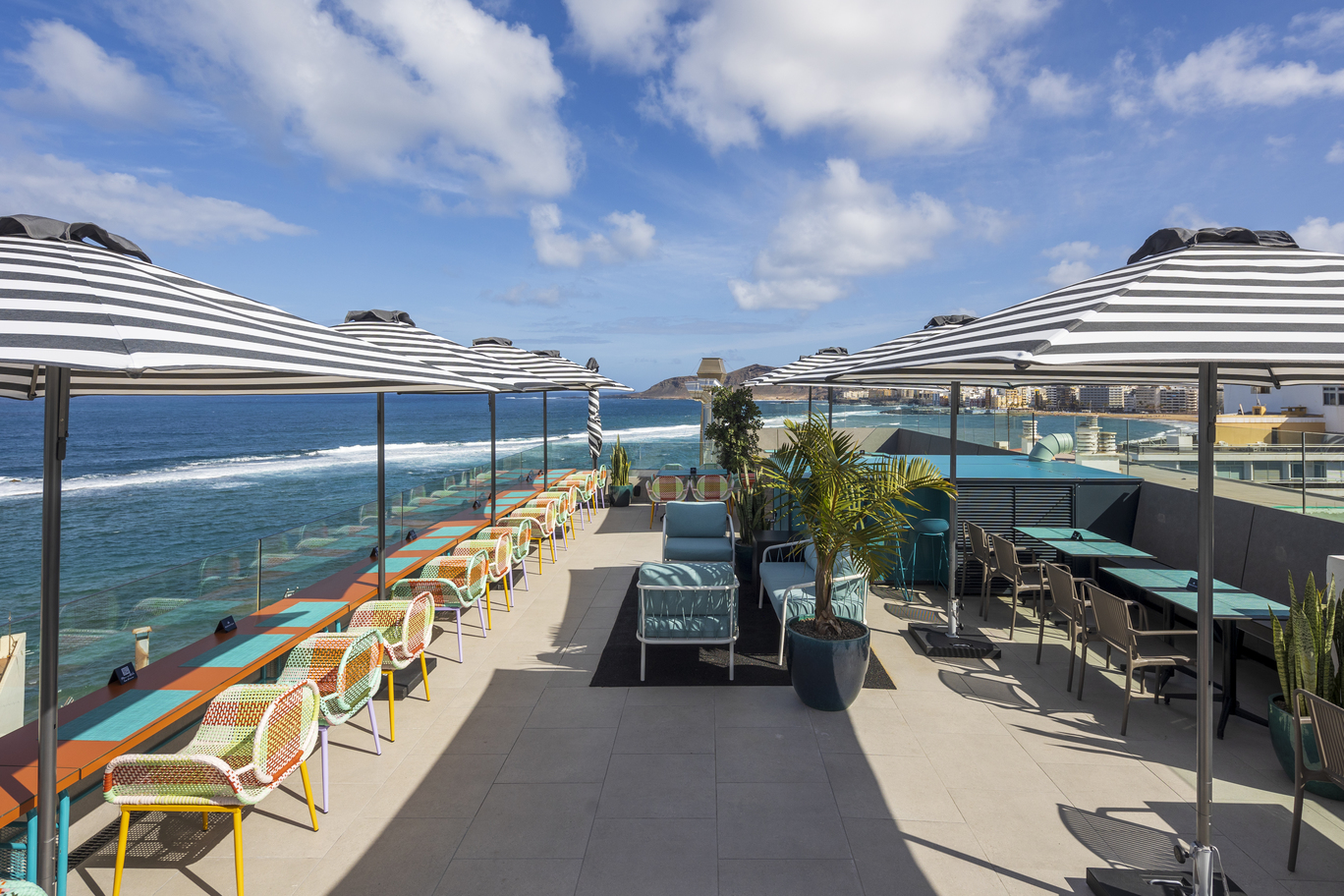The island of Gran Canaria became strategically important after it was brought under the control of the Crown of Castile in the 15th century. The capital and port of Las Palmas would become an essential stop-off for ships crossing the Atlantic during the Age of Discovery. Once Christopher Columbus burst onto the scene, he would forever leave his mark on the island.
Columbus brought his ship into port here to make some small repairs before his first voyage across the Atlantic, marking the start of a close relationship between the discovery of America and Gran Canaria. It’s therefore no surprise that one of the most important museums in Las Palmas is the Casa de Colón, or House of Columbus, one of the most emblematic cultural institutions in the city. It showcases Christopher Columbus, the Canary Islands and America and is an essential part of your visit to Las Palmas if you want an in-depth look at this important chapter of world history.
Christopher Columbus and Gran Canaria
To really understand how the Casa de Colón came to be, we have to travel back in time and examine the historical context. Christopher Columbus made his first voyage between 1492 and 1493. After jumping through many hoops, Columbus finally secured the support of Spain’s Catholic Monarchs for his ambitious project to sail west to the Indies. Columbus set sail from the port of Palos de la Frontera on 3 August 1492 with three ships: La Pinta, La Niña and La Santa María. His first destination: the Canary Islands.
According to historical sources, Columbus’ first stop was the island of La Gomera, where he would pay a visit to Governor Beatriz de Bobadilla y Ulloa. Columbus and his crew would stay on Gran Canaria until early September to repair the helm of La Pinta and swap its triangular sails for square ones to enable a speedier crossing. It would be their only stop before finally spotting land on 12 October 1492. When Columbus reached a small island in the Caribbean – naming it San Salvador – he thought he’d arrived at the Indies but had in fact discovered a new continent.
Columbus would make a total of four journeys to America, and Gran Canaria was vital to three of them. The second voyage set sail on 24 September 1493 from Cádiz and reached Gran Canaria on 2 October, where the fleet would make a temporary stop before sailing to Puerto Rico. Gran Canaria was, in effect, the bridge between Europe and America. Columbus’ fleet also transported sugar cane saplings and domestic animals from Gran Canaria to the New World.
The first settlers who founded cities such as Montevideo and San Antonio had Canarian roots. Today, the close relationship that began with the discovery of America is the focus of the work undertaken by the Casa de Colón.
The Casa de Colón in Las Palmas de Gran Canaria
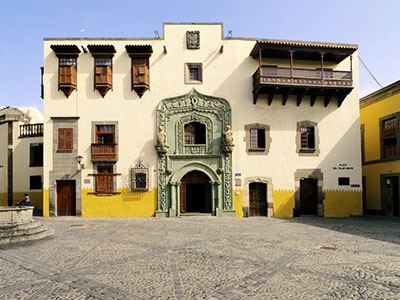
The museum is in Vegueta, the oldest neighbourhood in Las Palmas and an Artistic Heritage Site since 1973. The Casa-Museo Pérez Galdós and the Museo Canario are also here. The gallery in the Casa de Colón was founded in the 1950s and is run by the Culture Department of the Cabildo or Island Council of Gran Canaria. It plays an important role in researching and disseminating the history of the relationship between the Canary Islands and America.
The first thing that will grab your attention is the building itself. The museum currently occupies several houses, one of which is the former residence of the governor who Christopher Columbus met on his first voyage to the New World in 1492. It was here that Columbus requested permission to repair his ship La Pinta.
In the late-1940s, the decision was taken to create the Casa de Colón at this site. The restoration works were entrusted to the architect Secundino Zuazo. Several homes near the governor’s residence from the 17th, 19th and 20th centuries were annexed to create one building within which to house the museum. The result is an exemplar of traditional Canarian architecture.
About the museum
The blend of styles discernible on the four outer walls hint at what awaits inside. Of particular note are the Neo-Canarian and Gothic-inspired features, the latter indicative of the tardiness of the Renaissance in reaching Gran Canaria (by the 16th century it still hadn’t begun). The green facade, added in the 20th century, brought together the various parts of the buildings to create one unified site. This joining together resulted in a complex interior structure built around four patios, each with its own style. Arabic, colonial, Gothic and traditional Canarian architecture come together to create a unique space. Don’t miss the beautiful 18th-century Patio de los Hidalgo complete with Canary Island pine trees. You’ll be captivated by its unusual L shape and magnificent spiral columns.
The museum collection, spread across 13 different rooms, is incredibly diverse. Read on to discover some of the most important features:
- Exhibitions on Columbus and his voyages. Models and all nature of artefacts will take you into the world of Christopher Columbus and guide you chronologically through each of his four voyages. Can you imagine what it was like inside the captain’s quarters on the ship La Niña? You too can join the crew that sailed across the Atlantic, even if just for one day.
- Link between the Canary Islands and America. After the discovery of America, the Canary Islands became an economic, social and cultural bridge between two worlds. There is still a strong link today. The exhibition in the Casa de Colón looks at the products that were brought to the New World and the resulting emigration following the discovery.
- Pre-Columbian America. The Casa de Colón would not be complete without an exhibition about America’s artistic heritage. Find out about cultures such as the Olmecs, Mayans and Zapotecs.
- The collection of 16th to 20th-century pieces are mainly owned by the Cabildo and the Museo del Prado. The themes immortalised on canvas range from the mythological to the sacred. Among the pieces are works by Veronese, Carracci, Ribera, Titian and some of the most important Canarian artists from the 20th century.
With a collection spanning Pre-Colombian archaeology, European painting, map making and nautical instruments, all housed inside a unique and beautiful building, the Casa de Colón is the perfect place for those interested in the Discovery of America.
























































